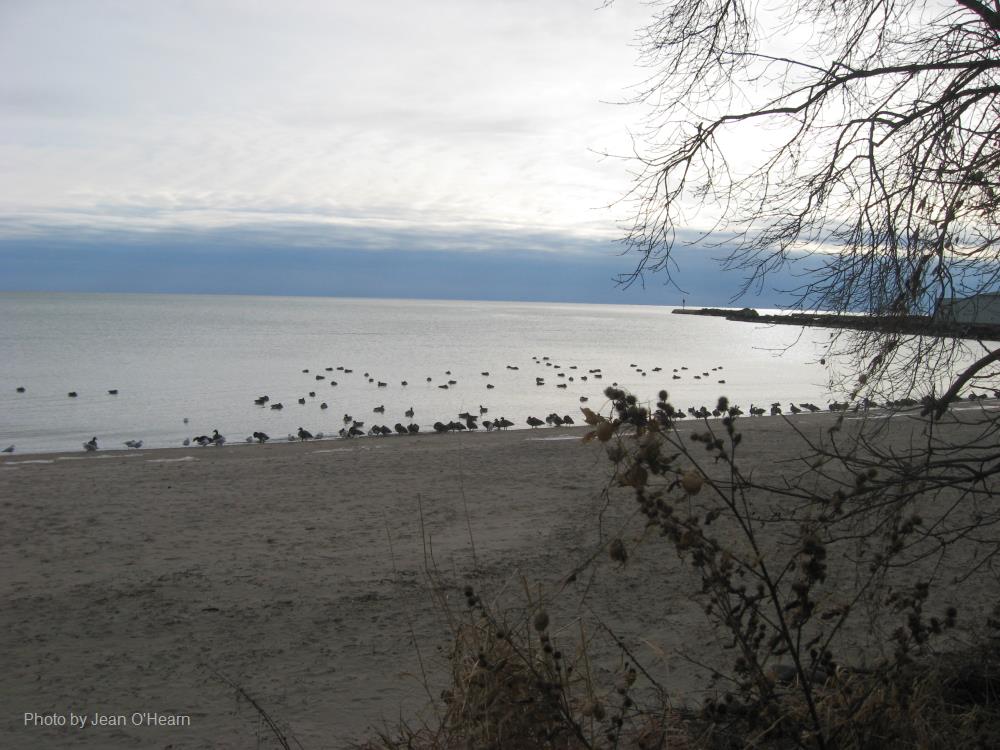
Related items loading ...
Section 1: Publication
Publication Type
Journal Article
Authorship
Laguë, M. M., A. L. S. Swann, W. R. Boos.
Title
Radiative feedbacks on land surface change and associated tropical precipitation shifts
Year
2021
Publication Outlet
Journal of Climate, 34, 16 (2021): 6651-6672 (2021). EarthArXiv
DOI
ISBN
ISSN
Citation
Laguë, M. M., A. L. S. Swann, W. R. Boos. Radiative feedbacks on land surface change and associated tropical precipitation shifts. Journal of Climate, 34, 16 (2021): 6651-6672 (2021). EarthArXiv
https://doi.org/10.1175/JCLI-D-20-0883.1
Abstract
Changes in land surface albedo and land surface evaporation modulate the atmospheric energy budget by changing temperatures, water vapor, clouds, snow and ice cover, and the partitioning of surface energy fluxes. Here idealized perturbations to land surface properties are imposed in a global model to understand how such forcings drive shifts in zonal mean atmospheric energy transport and zonal mean tropical precipitation. For a uniform decrease in global land albedo, the albedo forcing and a positive water vapor feedback contribute roughly equally to increased energy absorption at the top of the atmosphere (TOA), while radiative changes due to the temperature and cloud cover response provide a negative feedback and energy loss at TOA. Decreasing land albedo causes a northward shift in the zonal mean intertropical convergence zone (ITCZ). The combined effects on ITCZ location of all atmospheric feedbacks roughly cancel for the albedo forcing; the total ITCZ shift is comparable to that predicted for the albedo forcing alone. For an imposed increase in evaporative resistance that reduces land evaporation, low cloud cover decreases in the northern midlatitudes and more energy is absorbed at TOA there; longwave loss due to warming provides a negative feedback on the TOA energy balance and ITCZ shift. Imposed changes in land albedo and evaporative resistance modulate fundamentally different aspects of the surface energy budget. However, the patterns of TOA radiation changes due to the water vapor and air temperature responses are highly correlated for these two forcings because both forcings lead to near-surface warming.
Plain Language Summary
Section 2: Additional Information
Program Affiliations
Project Affiliations
Submitters
Publication Stage
Published
Theme
Presentation Format
Additional Information
Modelling-Core, Refereed Publications


 GWFNet
GWFNet Master
Master Research
Research Map
Map
 Advanced
Advanced . . .
. . .

 Metadata Editor
Metadata Editor
 Record List
Record List
 Alias List Editor
Alias List Editor
 Legacy sites
Legacy sites